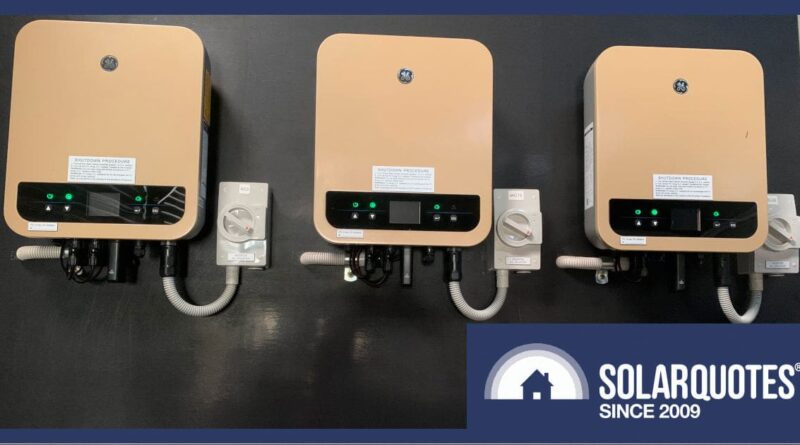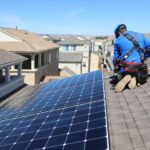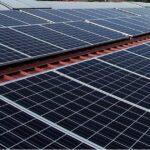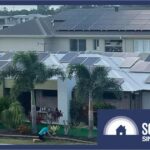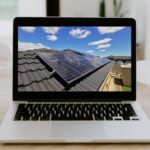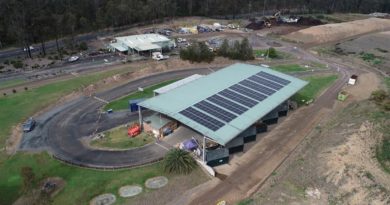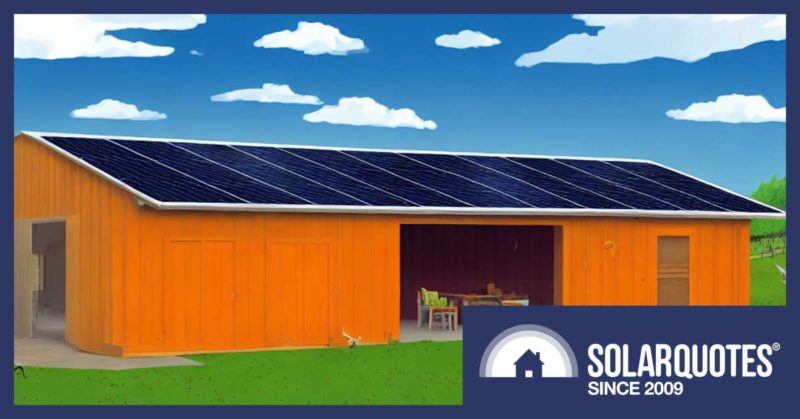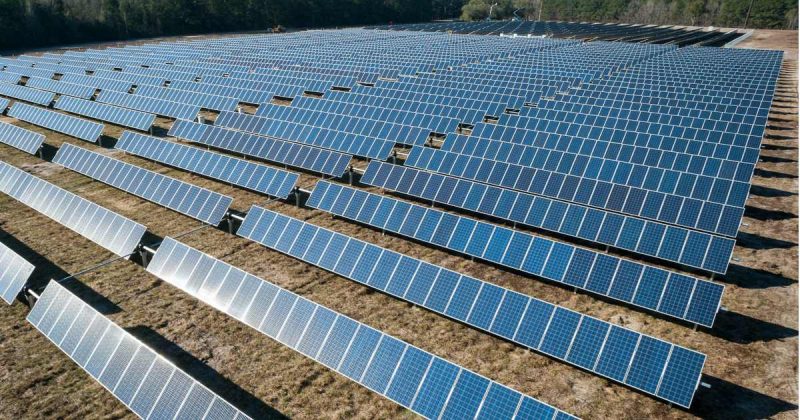Cold Months, High Bills? The Case for Expanding Your Solar
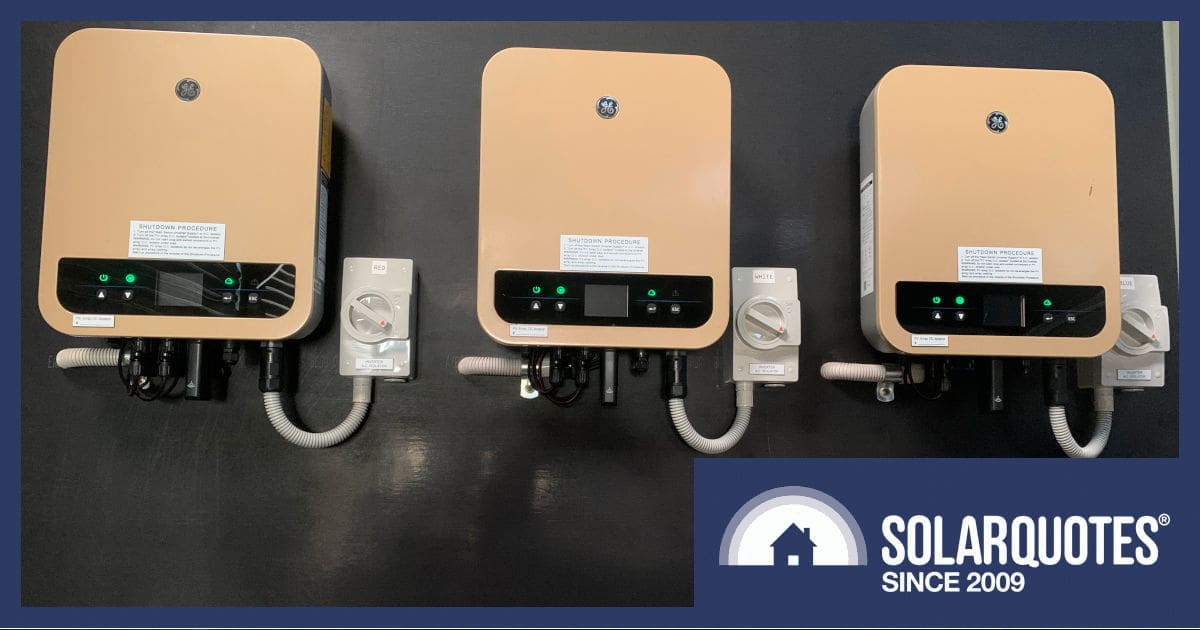
So you’ve just enjoyed your first solar summer with a basic 6.6kW system, but you’re finding the bills in winter still give you the chills, don’t worry; you’re not alone. It’s not uncommon for new solar installations to undergo expansion after the first winter. Read on as I explain how.
This article looks at buyer’s remorse for new systems that should have been bigger from the outset. If you have an older system, please check previous posts in my ‘How to upgrade’ series:
“I’ve never had a customer complain they installed too much solar”
– Anthony Bennett
For years, I’ve used this as a succinct little catchphrase to encourage people to buy more solar panels. Some say it’ll be carved on my headstone, but recently I’ve had to defend this position. The internet experts are pushing back…
- Well, you would say that wouldn’t you, you’re trying to sell something
- It must be a con by big climate… see I told you there’s a SUN TAX coming now!
- People are just try to justify overspending to themselves, it’s ak!chully a waste of resources.
So I’m going to have to simplify it for both the slow crowd and the clever clogs. Remember that “excess” solar is a feature, not a bug.
For over 15 years, I’ve heard one consistent complaint from solar owners:
“I wish I’d installed more panels.”
This isn’t a sales spiel—it’s a common lament I’ve heard time and time again.
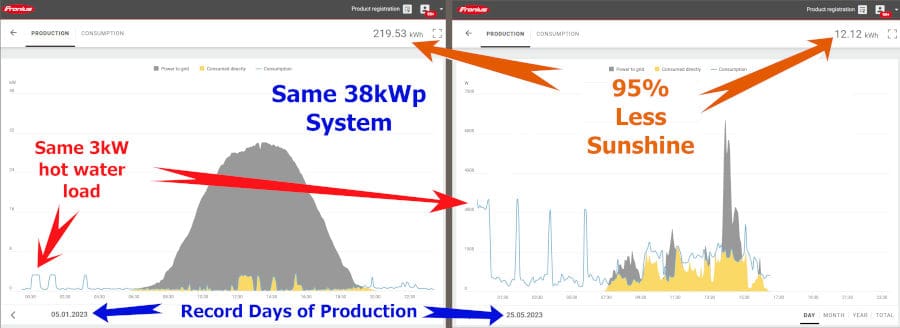
Summer on the left shows a mountain of solar, while winter on the right is disappointing when you realise the scale of the graph
An Example: Geez-I-Should’ve-Bought-More
Can my Fronius 5KW Gen24 3-phase – 6.6KWp system can have additional panels fitted?
My system suffers drastically with seasonal shading from council trees. Summer is fabulous, but with an additional bank of five north facing panels, I’d still get 2-3KW more output in winter. I had read the 133% rule can be skirted with a battery, but just to clarify, even then would I still be limited to just two extra panels? Perhaps I should price a small separate system, purely west facing.
Bin The 133% Limit With A Battery
As we’ve explained before, an archaic Australian rule limits solar installations, but installing a solar battery allows you to claim STC credits on the full rated capacity of an inverter. Some inverters can handle 200% or more.
Fronius are conservative so the 5kW Gen24 will handle 150% overdrive, or 7.5kW. At only 6 or 12 months old, finding two matching panels for your existing array is usually feasible.
However, you’ll still need to get the string configuration correct. Happily, Fronius have excellent current ratings, which allow flexible designs of parallel panels to get voltage down & group orientation correct.
Ring up your installer and get them back so that your warranty is kept intact.
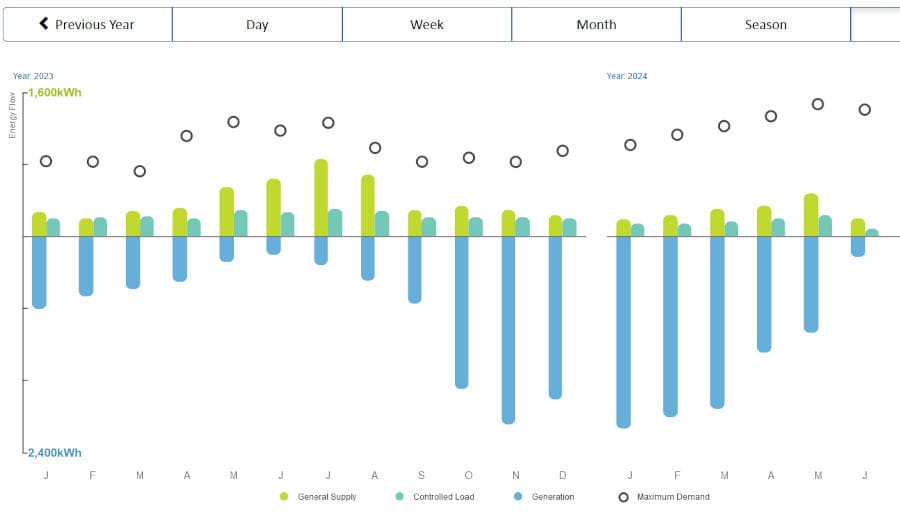
In October, this system doubled in size so blue yield went up & grid consumption fell. Black circles still show winter demand is high though.
Can’t Add A Battery? Get A Whole Second System
If your existing solar is working well, there’s space on the roof and you can get a connection approval, then adding solar via a second inverter and solar panel array is often possible. Consider a hybrid inverter for your second system, so your next upgrade can be a battery.
Got 3 Phase? Get A Second & Third System
Network rules dictate how much of any load you can connect to the grid, and often they involve balancing things equally across phases. If you already have a 5kW single phase inverter, adding a 10kW single phase might not be acceptable, but two more 5kW units will.
Our cover image shows a 3 x 5kW system where the owner added a hybrid inverter and kept one of his GE units for a spare.
Whatever you choose, try to stick to the same brand so that you have one consumption meter, one management system, one app to watch, and, importantly, one warranty.
The Takeaway: Go Big AND Go Home
If you’re considering solar, think big. Starting small might seem safer, but the long-term benefits of a larger system are undeniable and upgrading is always harder & more expensive than going big from the outset.
More panels mean more savings, better future-proofing, and a greater positive impact on the environment. So, when it comes to solar, don’t hold back—you’ll thank yourself later.
Original Source: https://www.solarquotes.com.au/blog/winter-solar-upgrade/

